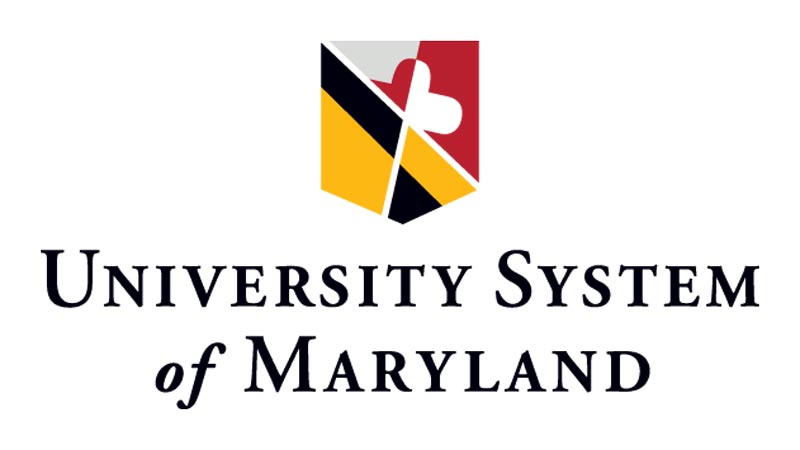USM vs. COVID: How University System of Maryland Institutions Collaborate for Strength
May 28, 2020

By: Jay A. Perman, Chancellor | University System of Maryland
A university system as large and diverse as the University System of Maryland (USM) can’t undertake its COVID-19 response in lockstep, but neither should its 12 universities and three regional centers go it alone. The former approach disregards the qualities that make our institutions unique—their students, size, type, and location. The latter disregards the strengths of what we call “system-ness,” the notion that each institution is stronger for its membership in this network of universities.
In February, I began gathering USM presidents and their cabinets together for information sessions led by our epidemiologists and public health experts—among them, those guiding Gov. Larry Hogan’s COVID-19 response. Our emergency management leaders hosted preparedness exercises for system personnel. The presidents, regional center directors, and system leaders began meeting three times a week to discuss immediate actions, share challenges, and determine where our decisions must be joint ones: transitioning to remote learning, mandating telework, recalling study-abroad students, canceling events and commencements.
One decision would come with significant consequences for almost all of our universities, but—as the presidents would tell you—much bigger consequences for some than others. Like universities and systems across the country, the USM had to decide whether to refund a portion of students’ room, board, and fees for the spring semester. For an institution like the University of Maryland Global Campus, whose courses are largely online, the decision meant little. To an institution like the University of Maryland, College Park, many of whose 41,000 students live on-campus, the decision could have impacts lasting years.
Ultimately, the presidents decided that the USM’s students—172,000 of them—had to have confidence that their universities would do the right thing, the compassionate thing, and refund money they badly needed. If one decision was going to test the strength of system-ness, this was it. It wasn’t an easy decision for those universities with large residential populations, but it did earn us the goodwill of students who knew we were trying to help. And a little goodwill, when you know you have more budget cuts to come, is actually no little thing.
Now as the USM undertakes its fall planning—deciding how we can return to campus while protecting the safety of our students, faculty, staff, and neighbors—our system-ness will be tested again. How do we develop baseline assumptions and conditions that all institutions must meet? What systemwide guidance can withstand customized implementation? How can we be confident that all universities are providing quality—and equity—in the student learning experience, understanding that students will learn in different ways and in different environments? How do we make sure our most vulnerable students aren’t disadvantaged by our new “normal”? Where do we walk in lockstep and where do we diverge? Our USM Return to Campus Advisory Group, made up of university-based leaders in every area of academic and administrative operations, is framing this work.
The USM’s system-ness has had far-ranging benefits for Maryland: The COVID Research and Innovation Task Force is focusing the system’s R&D capacity to accelerate deployment of our COVID solutions. Three of our research universities are undertaking a pilot project to shape a COVID monitoring, testing, and tracing strategy for fall. Through a collaborative effort this spring, our universities graduated select nursing students early so they could join the front-lines workforce.
From the earliest days of this pandemic, Maryland’s governor and his cabinet—especially the departments of health, higher education, and commerce—have relied on the guidance, expertise, and close collaboration of USM and university leaders. For instance, in partnership with the state, the University of Maryland School of Medicine is standing up a COVID testing initiative with a capacity of 20,000 tests per day.
But the USM’s system-ness also benefits the universities themselves, because they know they’re not in these uncharted waters alone; that they can count on a structure of support and cross-university collaboration; that we’ll get consensus where we need to, and enjoy freedom where we can.
